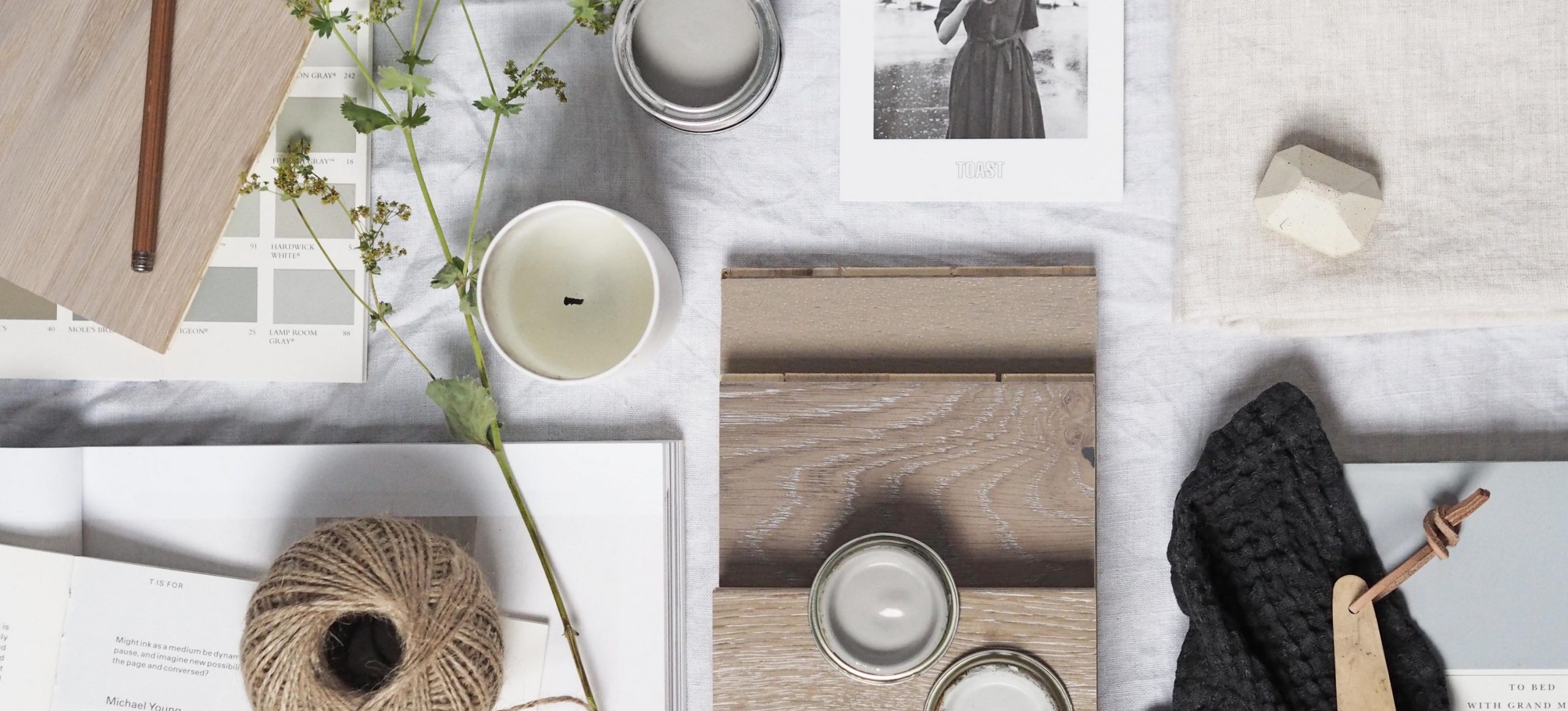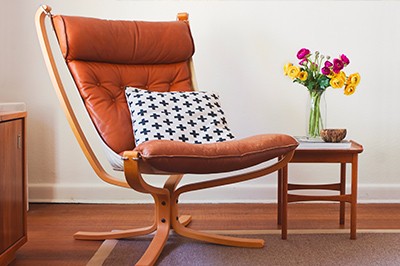It’s more subtle than a beautifully upholstered chair or a radiant light fixture, but flooring has a major impact on a room’s style. It doesn’t jump out at you, but it colours what does… Think of an intricate painting. An artist will agonize forever over some detail in the background, not just because they are obsessive, but also because when a lot of colour and texture is congregated in one area, it all works (or doesn’t work), together.
Flooring & Design
When you change an element of the background you change the way the painting’s feature is perceived. The same could be said about a room: the furniture, lights, art and accessories are the focus and the floors, walls and ceilings are the backdrop.
Being the largest surface area, and the one on which most objects will sit, the floor plays the largest supporting role in the backdrop. Let me illustrate my point. Imagine you are decorating a blank living room from the ground up and you want to use hardwood. Your choice of flooring will determine which looks you can achieve. Colour, texture and board width are the factors here and they can either fill up visual space, or leave it open.
Colour
In Scandinavian design, it’s been a longstanding tradition to use starkly neutral floor colours to bring attention to “the interior craftsmanship of a room.” It works very well, so well in fact that the style has proliferated worldwide and has become part and parcel of the ‘contemporary’ look.
Traditional North American homes however, often use darker, ambered browns and stained wooden surfaces to create a rich atmosphere. It can be quite a nice effect, and it has a certain hominess and sense of history to it, but it makes it difficult to mix in bold colours and draw attention to other aspects of the room. There is a middle ground of course: you can go for a medium stain in either a warmer brown or a cooler grey colour. In both cases, you imbue the floor with some visual interest while leaving the room open to host some bolder furniture, fixtures and accessories.
Texture & Dimension
Say like many, you have a certain nostalgia for Mid-Century Modern. Your furniture has clean lines and you like to keep your space minimal. It might not make sense to use wider boards since during the mid 20th century, hardwood board widths were almost unanimously 1 ½” and used a lot of quarter sawn. On the other hand, if you’re furniture is a bit more traditional and you like a fuller space, going with more texture and wider widths can work very well. Hardwood like this really exhibits its presence in the room, making it more cozy and informal, a look that works very well for Calgarians who enjoy mixing styles.
Use
We haven’t talked about function yet. Even though the scope of this blog is design aesthetics, use must be part of that discussion. Not every look works with every context! As well as questions of location and inhabitance (cottage or full-time home for example), there are questions of lifestyle. The big one being—kids or no kids? Not surprisingly, a young family really uses a space. Families also tend to accrue more things and create a more eclectic look. Certain textured looks accommodate this lifestyle better and are more forgiving.
‘Rustic’ for example, is by definition less orderly and rougher around the edges than other styles. Places that see a lot of use and the odd toy(s) lying about, work well in a rustic aesthetic. Starting with the floor, you could use a hardwood in a wide board width and an interesting texture, like handscraped or wire-brushed. You could choose a delustered urethane or a natural oil finish. Then, scratches, smears and wear would barely show, making it a very fitting floor for a well-used room. If you choose a character grade Maple with lots of variations (browns, knots, etc.), you’ll have both a neutrally coloured floor and enough accents to warrant a variety of furniture styles and wood with stain colours for the rest of the woodwork.
But say you don’t have kids or your kids have flown the coup. If you have finer tastes you don’t have to inhibit yourself for fear of daily wear and damage. If you want a more formal look you could go with a darker hardwood in a medium board width, let’s say a 3 ¼” wide stained walnut in a medium luster finish. You could plan the cabinets and the rest of the woodwork to match and the room would look refined.
Conclusion
All in all, a room’s floor is its most important surface. It’s the foundation of the room’s aesthetic. Not only because it is literally at the bottom, but because it anchors the rest of the room with colour, pattern and texture. Flooring can either be neutral, serving as a jumping off point, or it can establish the room’s style. In any case, starting with the floor as the foundation gives you complete control over the room’s look, feel and function.
If you have any questions about selecting flooring for your home, send us an email or give us a call. Better yet, if you live in Calgary and you’re in the flooring market, stop by our showroom at 525 58th Aveue SE. The Floorscapes team has as much experience as we do passion: combined, we have over 150 years in the world of Calgary flooring. We offer our knowledge, our expertise and our aesthetic sensibility in order to help you create a space that you will love.
Written by guest author Eric Osborne.






